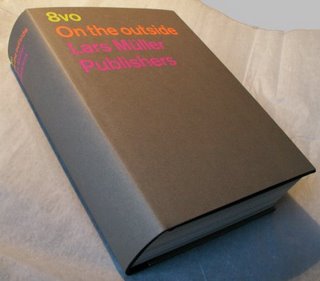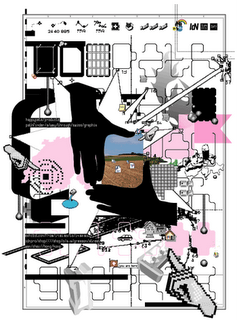Research: Detanicolain
more info on detanicolain
Labels: Research
 In Steingruber’s alphabet, published in 1773, each letter of the alphabet is made into a plan of a palatial building. In some cases, as with A, there are two alternative plans. Accompanying texts explain the designs: in the case of A, there is a grand hall at the apex of the building, while its crossbar comprises a central passageway flanked by a pair of arcaded hallways, and, at the letter’s feet there are ‘cabinets’ and ‘garderobes.’ E is intended to house two sets of apartments, with main entrances top & bottom, and a chapel in the central prong of the building, which, Steingruber concedes, could equally well be made into a grand staircase, or a special reception room.
In Steingruber’s alphabet, published in 1773, each letter of the alphabet is made into a plan of a palatial building. In some cases, as with A, there are two alternative plans. Accompanying texts explain the designs: in the case of A, there is a grand hall at the apex of the building, while its crossbar comprises a central passageway flanked by a pair of arcaded hallways, and, at the letter’s feet there are ‘cabinets’ and ‘garderobes.’ E is intended to house two sets of apartments, with main entrances top & bottom, and a chapel in the central prong of the building, which, Steingruber concedes, could equally well be made into a grand staircase, or a special reception room.Labels: Influences
Cartlidge Levene: http://www.cartlidgelevene.co.uk/
8VO
Vince Frost: http://www.frostdesign.co.uk/
SEA: http://www.seadesign.co.uk
Labels: Research
Wolfgang Weingart: http://www.weingartarchive.com/
Mueller+Hess: http://www.muellerhess.ch/
Happy Pets: http://www.happypets.ch/
Labels: Research
Multidisciplinarity examines multiple subjects from different disciplines but only uses the methods of one discipline in its examination. This approach is related to the think tank model, where the objective is likely to be the solution of an immediate problem, rather than exploration of disciplinary perspectives.
A transdisciplinary approach dissolves boundaries between disciplines. Transdisciplinarity becomes necessary when the concept or method cannot be understood from within a single discipline and requires the input of many disciplines to be understood. An example is the field research method called ethnography, which was originally developed in anthropology but is now more fully understood with insights from psychology, philosophy, sociology, and other disciplines.
This describes a method that crosses disciplinary boundaries but does so from a foreign angle and with no cooperation. Basically, crossdisciplinary approaches attempt to explain a subject in the terms of a foreign method. Some good examples of such interaction would be describing the physics of music or the politics of literature.
Labels: Research